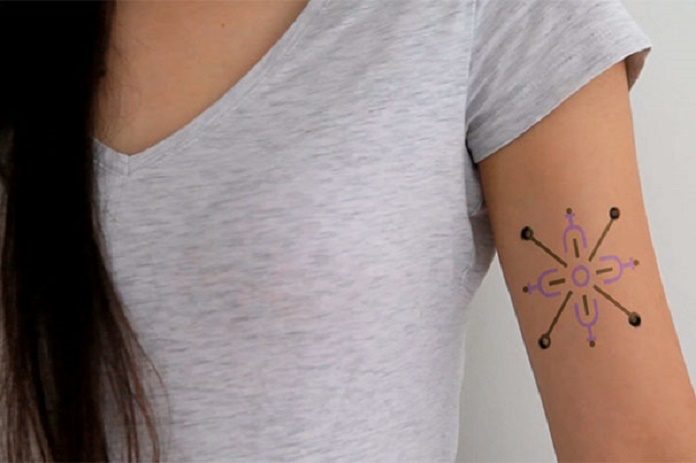Scientists at Harvard Gazette along with MIT have recently developed smart tattoo ink that detects health by changing its color. They have integrated this sensitive ink with traditional tattoo artistry, which they hope overcome the limitations of current biomedical monitoring devices.
Current wearable monitoring devices don’t seamlessly work if integrating them into the body. They also have short battery life, thus require external wireless connectivity.
Ali Yetisen, a postdoctoral fellow said, “We were thinking: New technologies, what is the next generation after wearable? We wanted to go beyond what is available through wearables today. And so we came up with the idea that we could incorporate biosensors in the skin.”

The ink changes color from brown to green according to the chemistry of the body’s interstitial fluid. By changing color it is capable color to tell an athlete if she is dehydrated or a diabetic if his blood sugar rises.
Scientists tested it on pig’s skin on observed how they changed color or intensity in response to different biomarkers.
Yetisen said, “These inks could be incorporated into long-lasting tattoos for chronic conditions or into temporary designs for shorter-duration monitoring. It can even be invisible, readable under only particular kinds of light. That light could come from something as ubiquitous as a smartphone.”
It works with an app that analyzes the picture of a sensor and provides quantitative diagnostic results. While patients are an obvious potential market, the technology could be used in astronauts, for whom continuous health monitoring is desirable.
Jiang said, “The purpose of the work is to light the imagination of biotechnologists and stimulate public support for such efforts. These questions of how technology impacts our lives must be considered as carefully as the design of the molecular sensors patients may someday carry embedded in their skin.”
